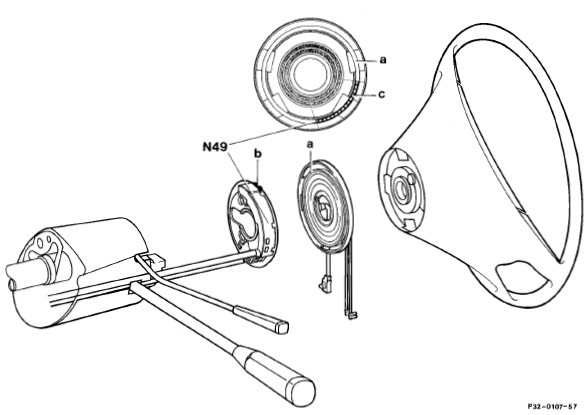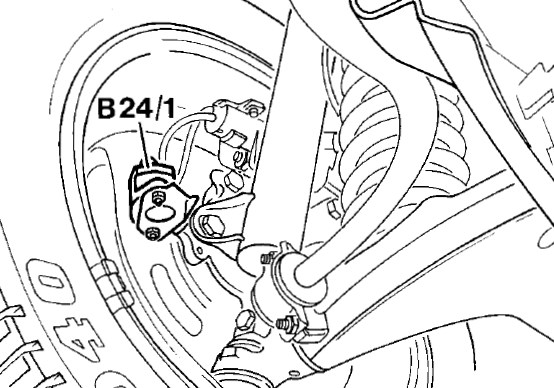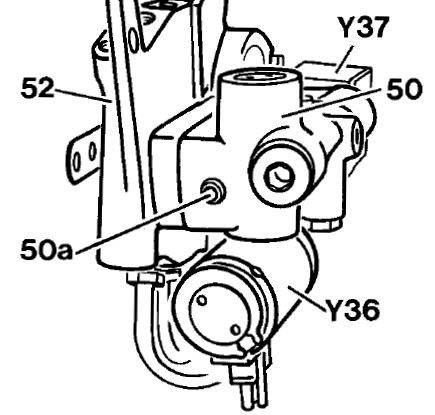My ECU Stage 3
As I mentioned before, it is not well known how the ECU handles switching valves. And I want to bring back its functionality.
There I checked how complicated would be to attach and read data from the modern accelerometer. It is very easy and the hardware is cheap. Take in Arduino nano and accelerometer MPU 6050. You get it for 6-10 € both and here is how to connect them and the code associated. Piece of cake. Another option is Arduino board with intergrated accelerometer like Arduino Nano 33 BLE Sense. But that is little costy. On the output there can be 3 or 6 relays (in special board, Arduino cannot operate them directly) or preferably MOSFETs. Rear axle valves are switched together on both sides. So the only question is if it makes sense to switch separatelly 2 internal valves in each valve body.
That is the question I am not sure how to check. ADS II manual on pages 108-112 speaks about different choking in pressure stage and tension stage. Which means during bump and rebound.
ADS tech page just speaks about 4 stages of firmness not speaking about the direction of oil flow.
Note that cross-section of damper valve on web page and in ADS II manual differs. Also in some materials damping valves looks that they have input and output on oposite sides. My valves definitelly looks like the one on picture right here. The only option seems to me to go to a shop that is capable to test dampers and measure my vehicle with different valves switched on or off to see what is really done by these valves.
The idea is to make a firmer corner where the load is transferred. In acceleration stiffen the rear axle, during the braking front. At a certain speed to stiffen outer dampers during cornering. Another topic is to incorporate speed sensing from ABS module if that is even needed. Original ECU has no means how to get known lateral acceleration except computing from vehicle speed and angle of steering wheel. With omnidirectional acceleration sensor are these redundant. But for security might be good to lower the car at some speed as in original. That might be sensed from ABS too.
Will it be worth it, I don't know, but it might be interesting to see. Also in spite of prices of acceleration sensors, steering angle sensors, or even faulty ADS ECU that might be worth checking for future proof our vehicles with all their functions. Not to speak about tailoring adaptiveness to personal favors. For example for vehicles with different tire sizes.
Here you can see simulated connection and code. The LEDs are simulating valves. After you start simulation (green play button) you need to click on the small blue board (accelerometer MPU6050) and you can simulate accelerations with sliders. X for longitudinal and Y for lateral acceleration. Also, there are buttons for SPORT mode and for raising the vehicle. That is for my version with electric actuators, with an easy change of code it may control Y36 valve to operate link cylinders.









